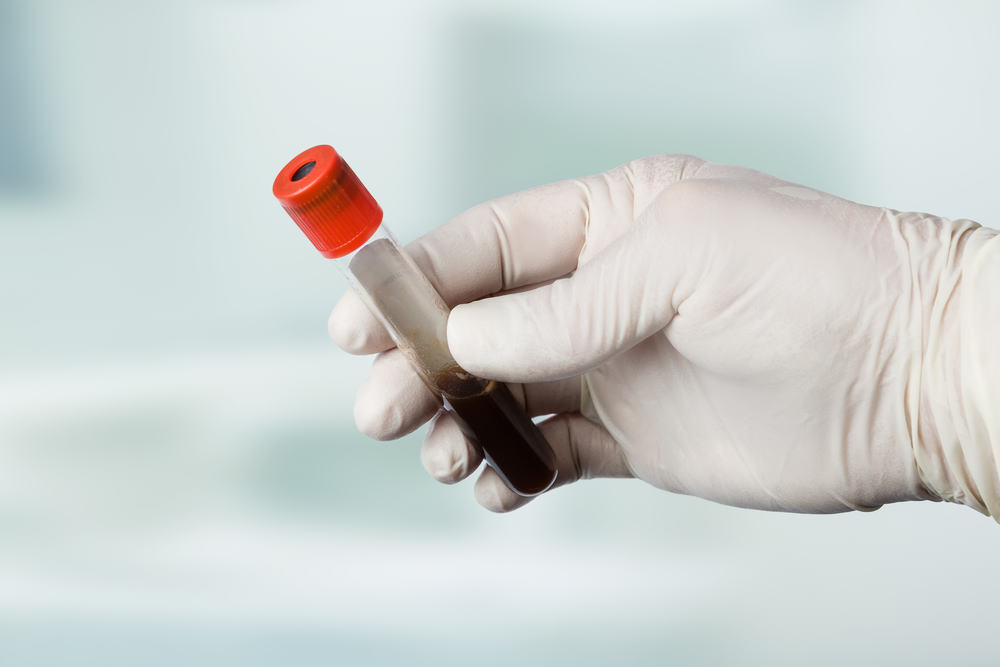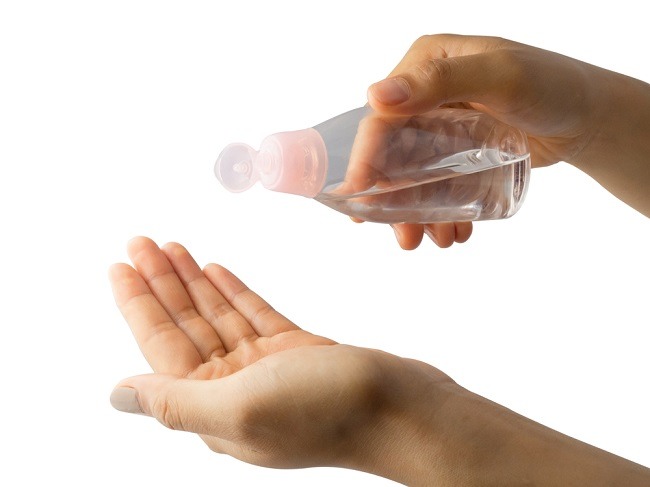Tetanus neonatorum is a tetanus disease that attacks newborns. Newborns are at high risk of developing tetanus if they are born with the help of unsterilized delivery equipment.
Early prevention of neonatal tetanus is prioritized over treatment, because the mortality rate of patients with neonatal tetanus is very high. This disease is still commonly found in rural or remote areas where facilities and medical personnel are still difficult to find.

Causes of Tetanus Neonatorum
The main cause of tetanus is a bacterial infection Clostridium tetani, namely bacteria that can produce toxins that can attack the brain and central nervous system.
These bacteria are commonly found in soil, dust, and animal waste. Bacteria C. tetani can infect a person, including a baby, through cuts, tears, or puncture wounds caused by contaminated objects.
In newborns, tetanus neonatorum occurs as a result of these bacteria entering the baby's body through unhygienic delivery practices, such as cutting the umbilical cord with unsterile tools.
The risk of the baby suffering from neonatal tetanus can also increase because the mother is not protected by the tetanus toxoid (TT) vaccine during pregnancy. This risk increases not only for the baby, but also for the mother.
Several other risk factors for neonatal tetanus, including:
- The process of giving birth at home with non-sterile tools.
- Exposure to materials that have the potential to transmit bacteria C. tetany on the location or device used for delivery or to care for the umbilical cord, such as soil or mud.
- Previous history of neonatal tetanus in children.
Knowing the Symptoms
Some of the symptoms that may be caused if the baby is infected with tetanus neonatorum include:
- The baby's jaw and facial muscles tighten on day 2–3 after birth
- The baby's mouth feels stiff as if it is locked and the baby can't breastfeed
- Spasm or generalized muscle rigidity that causes the baby's body to stiffen or appear to bend backwards
- Seizures triggered by sound, light, or touch
If not treated as soon as possible, this condition can make the baby unable to breathe. Most infant deaths due to neonatal tetanus occur between days 3–28 after birth.
Although currently the number of cases of neonatal tetanus has decreased, this case remains a concern for doctors and midwives in dealing with newborns.
Early Prevention of Tetanus Neonatorum
The common prevention is the provision of TT vaccination for pregnant women to protect the body from tetanus. The TT vaccine is usually given by a doctor when the pregnant woman is in the third trimester. The second dose is given at least 4 weeks after the first dose.
The World Health Organization (WHO) also recommends a third vaccine be given 6 months after the second dose to provide protection for at least 5 years.
In addition to using vaccines, sterile medical procedures and deliveries in hospitals can prevent babies from contracting neonatal tetanus. This is because most babies who die from neonatal tetanus are caused by home deliveries without adequate sterile procedures and an unsanitary environment.
The placement of village midwives in the working area of the Puskesmas is also one of the efforts of the Indonesian Ministry of Health to maintain and improve the health status of the community, especially pregnant women, assist in childbirth, and improve maternal and child health.
Tetanus neonatorum can be fatal in infants, so it is important to take precautions. If there are symptoms of tetanus neonatorum in babies, immediately consult a doctor for proper treatment.









